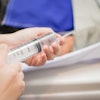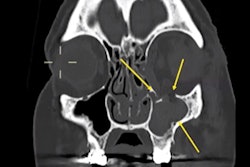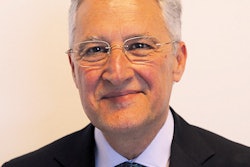
The medical response to last Thursday's terrorist attack in Barcelona was amazingly quick and effective, and the hospitals' emergency protocols worked extremely well, according to Dr. Lluís Donoso-Bach, PhD, former president of the European Society of Radiology (ESR).
Fourteen people were killed and more than 130 injured after a white van drove into pedestrians at around 5 p.m. in Las Ramblas in the Catalan capital. Within an hour of the attack, four interventional radiologists at the nearby Hospital Clínic performed life-saving embolization procedures on three patients with severe abdominal hemorrhages.
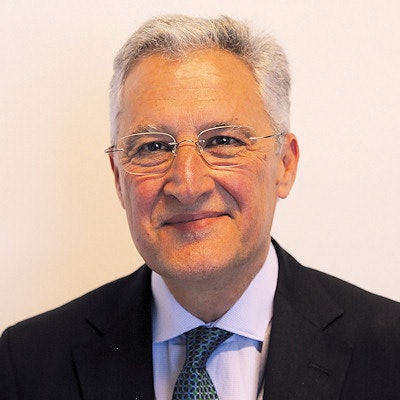 The attack was not a surprise, Dr. Lluís Donoso-Bach, PhD, said.
The attack was not a surprise, Dr. Lluís Donoso-Bach, PhD, said."Being well prepared means everything in this type of situation," said Donoso-Bach, who is director of the department of medical imaging at the Hospital Clínic and professor of radiology at the University of Barcelona. "Getting good information in advance about these patients and their injuries proved crucial. Staff got the blood supply ready for the embolizations before the patients arrived for the procedure."
The Catalonia region has a central agency called SEM (Sistema d'Emergències Mèdiques) that takes charge of healthcare strategy during an emergency, he explained. To ensure a patient goes to the most appropriate hospital, SEM oversees all admissions.
After the Barcelona attack, SEM sent 20 casualties, seven of whom were in a serious condition, to be treated by staff at the Hospital Clínic. The onsite team included eight radiologists and 15 radiographers as well as staff, residents, nurses, and radiographers who volunteered to provide their services. The remaining patients went to Barcelona's other three main hospitals, where they were treated by staff from the city's 15 facilities.
"The attack was very sad, of course, but it was not a complete surprise. After Paris, Brussels, and London, we always thought we could be a target," he told AuntMinnieEurope.com, adding that terrorism is nothing new in Barcelona and the city's past experiences of mass-casualty incidents helped them to cope. "The only surprise is that there were not more casualties -- thankfully."
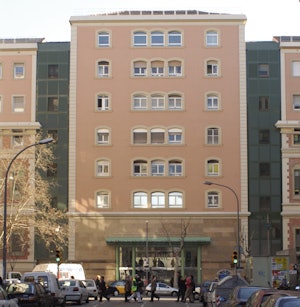 The Hospital Clínic was founded in 1906 in the heart of Barcelona, after Valentí Carulla, grandfather of cardiologist Valentí Fuster, persuaded the government to build it. Image courtesy of Dr. Lluís Donoso-Bach, PhD.
The Hospital Clínic was founded in 1906 in the heart of Barcelona, after Valentí Carulla, grandfather of cardiologist Valentí Fuster, persuaded the government to build it. Image courtesy of Dr. Lluís Donoso-Bach, PhD.When Thursday's attack happened, Donoso-Bach was at home, around 35 km from the Hospital Clínic, but he spoke immediately with the medical director. His colleague and chair of radiology, Dr. Laura Oleaga, PhD, was onsite to take control of the imaging effort.
Given the type of injuries encountered, CT is the most valuable modality in an emergency such as this, he added. The hospital has three scanners, the closest of which is around 50 m from the emergency department. Because the building was established in 1906, it has proved impossible to locate it any closer.
"We are determined to carry on and show that we won't be defeated, and we are continuing our lives as normally as we can," said Donoso-Bach, noting that another person died in the attack at Cambrils on the same day.
 Dr. Laura Oleaga, PhD, took control of the imaging of casualties at the Hospital Clínic.
Dr. Laura Oleaga, PhD, took control of the imaging of casualties at the Hospital Clínic.Meanwhile, the five-day annual congress of the European Society of Cardiology (ESC) will go ahead as planned at Barcelona's Fira Gran Via on Saturday.
According to a statement on the ESC website, "We have staff members onsite who are in close consultation with local authorities. We already had security arrangements prepared. We are currently reviewing them and will make any modifications necessary. We will provide additional information as warranted. In the meantime, our thoughts are with everyone affected by this senseless atrocity."
"The volunteers and staff of the ESC are shocked and deeply saddened by the tragic loss of life in Barcelona," the statement added. "Our solidarity is with all the people of Spain. What has become ever more apparent lately is that no country, no community, is immune from this violence."
The central theme of ESC 2017 is 40 years of percutaneous coronary interventions, and a series of presentations will focus on the implications of percutaneous coronary intervention on cardiovascular care.



